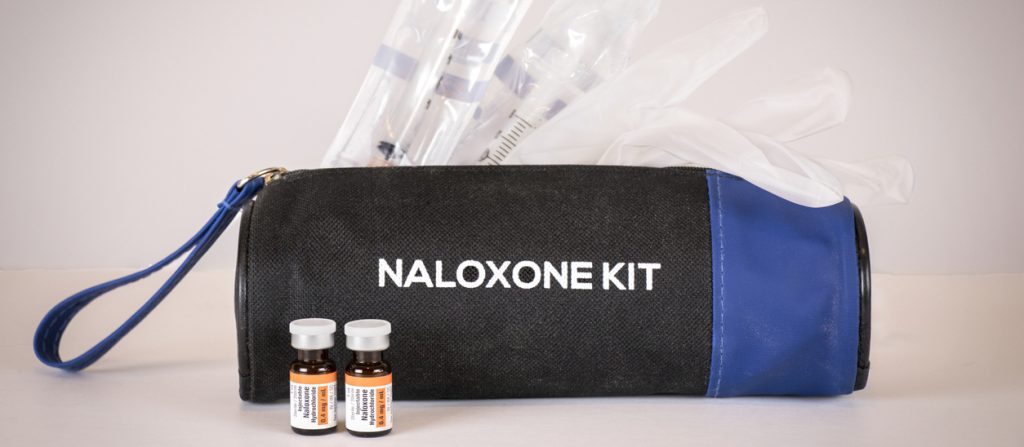With the pandemic, the typically routine subject of vaccines has become a more part of the news and the population’s daily discussions. Whether for COVID-19 or other vaccinations, access is critical to optimal public health, and physician offices’ schedules are often backed up. The education and authorization of pharmacists to administer vaccines is another area where pharmacists can make a significant difference in care access and the nation’s health.
Vaccines are cost-effective interventions to prevent infectious diseases, and pharmacist-administered vaccination is viewed as an acceptable and valuable practice. Depending on state laws, pharmacists can administer a variety of vaccines to adults and children. Through its Vaccines for Children (VFC) Program, the Centers for Disease Control and Prevention (CDC) estimates that 419 million illnesses and 936,000 deaths were avoided in vaccinated children born between 1994 and 2018.
Despite the tremendously positive impact of vaccinations, deficits still exist. A reported 31.7% of children aged 24 months don’t complete the seven-vaccine series of recommended vaccines, and an estimated 22,000 to 61,000 deaths occurred annually from influenza since the 2017-18 flu season. Expanding pharmacists’ scope of vaccine authority can help combat this deficit due to their accessibility, ability to educate, proven vaccination knowledge, and demonstrated capabilities.
Statewide protocols are methods to expand pharmacist vaccination authority and provide standardized procedures for consistency and safety. They are created by state laws and regulations governing the practice of pharmacy, applicable to qualified immunizing pharmacists. Pharmacist vaccination training is standardized, requiring completion of an immunization course accredited by the Accreditation Council for Pharmacy Education (ACPE), CPR certification course, and OSHA or bloodborne pathogen training. In addition, the CDC publishes national vaccination schedules based on Advisory Committee on Immunization Practices (ACIP) recommendations. Despite standardization in pharmacist training and guidelines, there is notable variance between statewide protocols.
Vaccination administration regulations differ between states
State pharmacist vaccination authority differs by the types of vaccinations allowed, eligible patient age for administration, and allowance of prescriptive authority. Every American state allows pharmacists to administer vaccinations, many through state protocols. Some states don’t have statewide protocols, opting for passing laws that allow pharmacists to administer vaccines without a protocol or prescription. Currently:
- 28 states allow pharmacists to vaccinate children of varying ages.
- AL, AK, CA, CO, DE, GA, ID, IN, IA, KY, LA, MI, MS, MO, NE, NV, NH, NM, OK, OR, SC, SD, TN, TX, UT, VA, WA, WI
- 18 states grant pharmacists autonomous authority to administer the influenza vaccine with age restrictions.
- AK, AZ, CA, ID, LA, MD, ME, MT, NH, NM, OR, SC, SD, TX, VA, WV, WY, WI
- 49 states allow pharmacists to administer any type of vaccine according to state laws.
Qualifications pharmacists must meet to administer vaccines
Statewide protocols provide state-accepted procedures for pharmacists to follow regarding immunizations. They detail authority, allowed vaccines, pharmacist qualifications, continuing education requirements, procedures, recordkeeping and reporting, safety, management of adverse effects, facility and supply requirements, informed consent information, and forms and logs. Statewide protocols are accessible via State Boards of Pharmacy or state governments.
Changing regulations to increase COVID-19 vaccine accessibility
The scope of practice of pharmacists has recently become a prominent subject in state governments as more states recognize pharmacists’ deep and broad knowledge and the significant impact that pharmacists have on public health. In the first half of 2021, 213 state provider status-related bills pertaining to pharmacist scope of practice were introduced in 43 states; 66 of the bills were related to immunization authority.
The authority of pharmacists to immunize has also expanded during outbreaks of disease such as during the 2018 flu season and during the COVID-19 pandemic. Emergency directives have reduced age limits for pharmacist-administered vaccines, or increased the types of vaccinations a pharmacist may legally administer. Pharmacist contributions to population vaccination is crucial during times of disease outbreak when emergency orders prevent or discourage outings or patients’ express reluctance to seek routine and preventative care at medical facilities.
The federal government recognized pharmacists as integral healthcare providers in the national COVID-19 vaccination strategy, creating the Federal Retail Pharmacy Program for COVID-19 Vaccination. The U.S. government collaborated with 40,000 community pharmacy stores to expand public access to the vaccine, utilizing pharmacist and technician vaccinators that have administered more than 108 million doses from program inception to August 2021. Additionally, some states are including COVID-19 vaccinations in their statewide vaccination protocols and others are implementing authorizations under the PREP Act.
Pharmacists’ achievements throughout the United States’ vaccination history and their contributions during public health crises exhibit their importance, providing the impetus towards implementation of additional state protocols.
Pharmacists play a key role in advancing public health
Authorized to administer immunizations under three models — provider prescription, vaccination protocol (from prescriber or state), and prescriptive authority granted by state law or statewide protocol — pharmacists make great contributions to public health by reducing vaccine-preventable illnesses. Statewide protocols for immunizations are the most common statewide protocol found in the U.S., and through demonstrated pharmacist capabilities and vaccination statistical success, they set a precedent for development of other statewide protocols to expand pharmacist scope of practice for their utilization in public health services. Contact us to learn how the evolving pharmacist role can help you.




